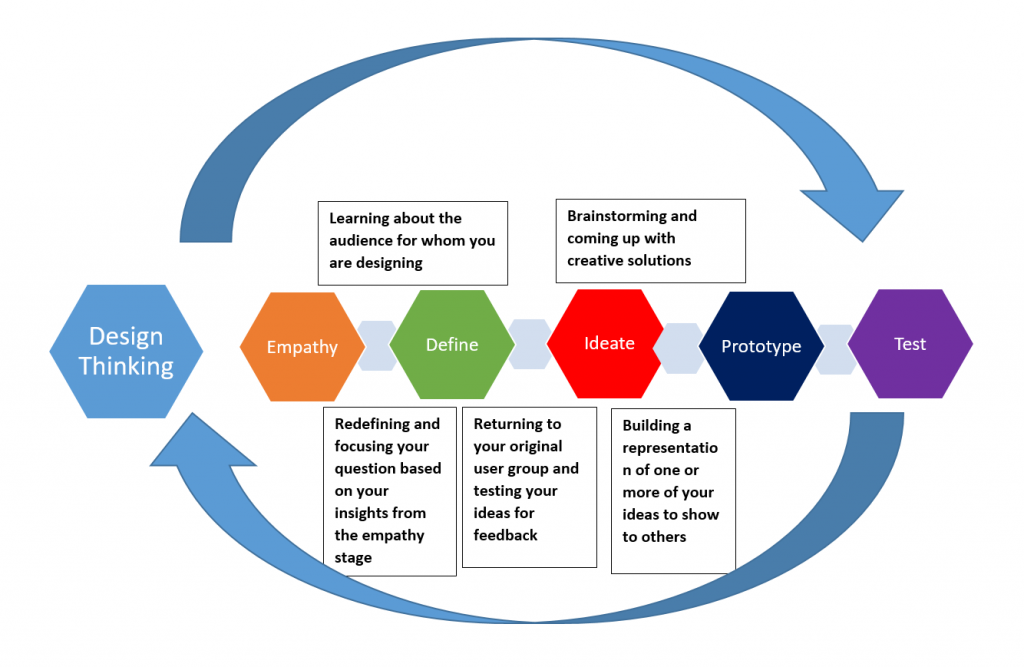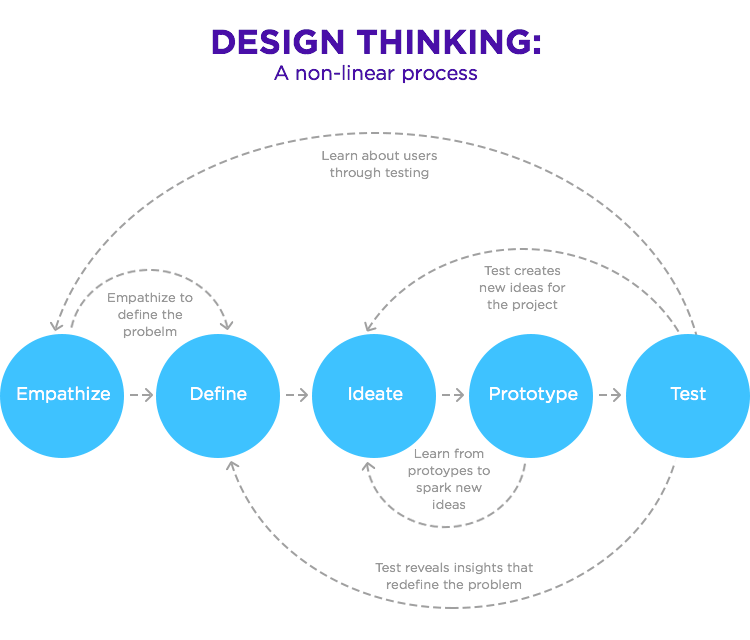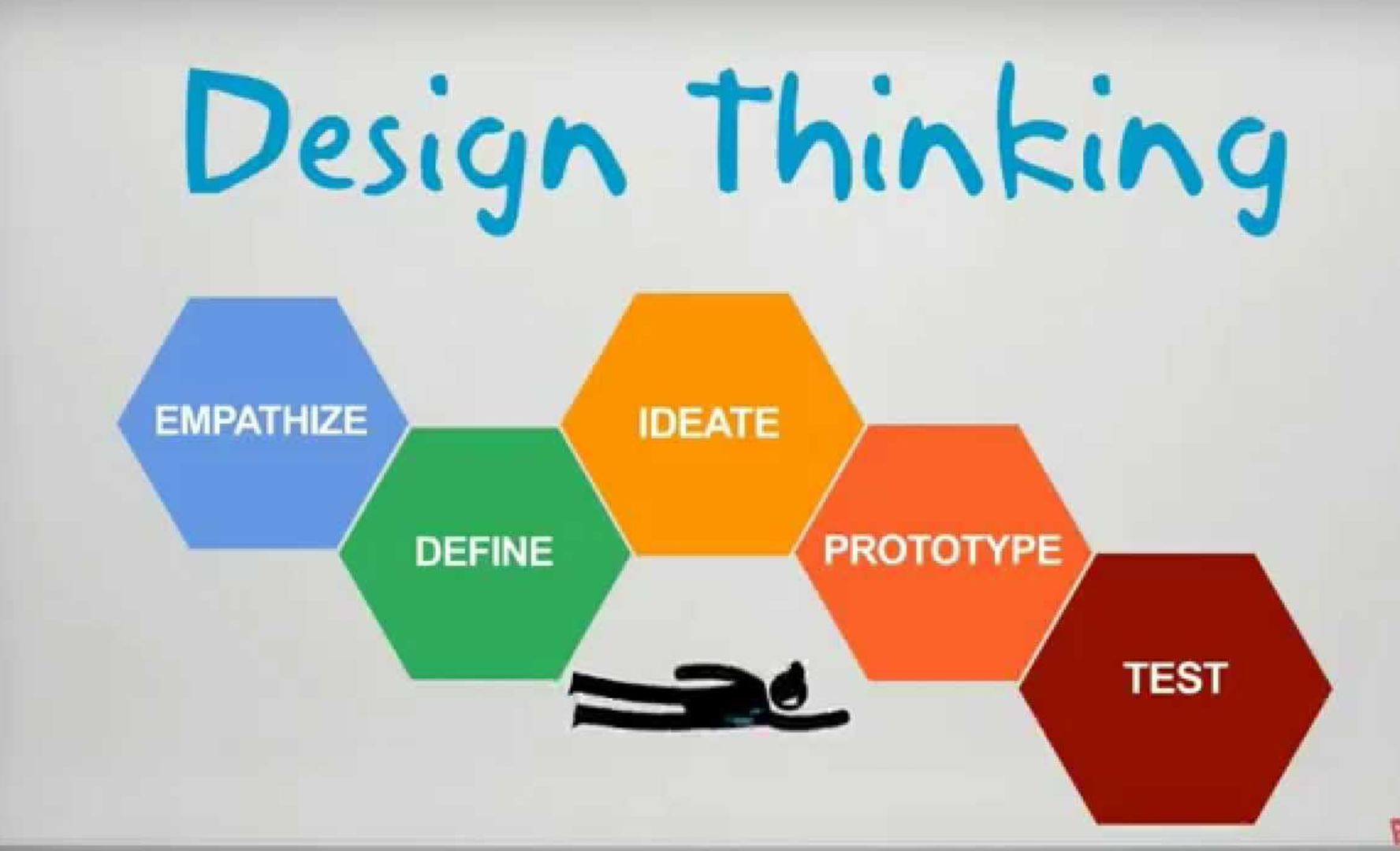Table Of Content

We’ve touched upon the goal of Design Thinking and how it can be applied to real-world, wicked problems. Once you’ve synthesized your findings, you’ll formulate what’s known as a problem statement. A problem statement—sometimes called a point of view (POV) statement—outlines the issue or challenge you seek to address. Aside from dedicated workshops, Design Thinking can also be an embedded process—an overarching framework that informs how you make decisions and devise certain strategies. One way to apply the Design Thinking process is through a Design Thinking workshop. Now we know what kinds of wicked problems we’re up against, let’s see what the Design Thinking process looks like in action.
Timeline
Bring a business perspective to your technical and quantitative expertise with a bachelor’s degree in management, business analytics, or finance. Combine an international MBA with a deep dive into management science. A rigorous, hands-on program that prepares adaptive problem solvers for premier finance careers. Design process change over organizations and fields, and the consistent value of collaboration, empathy, and iteration will remain the same.
Traditional Design Thinking Process
Schematic diagramming is very flexible, so it can be used in many types of projects to make sure your idea is structurally sound. It can help you map out workflows and identify any decisions you need to make to bring your idea to life. Indeed, many of the methods and techniques used in design thinking have been borrowed from the designer’s toolkit. Design thinking has long been considered the holy grail of innovation—and the remedy to stagnation. It has been credited with remarkable feats, like transforming Airbnb from a failing startup to a billion-dollar business.
You should have a thank you gift in your inbox now-and you’ll hear from us again soon!
The ideation phase is a judgment-free zone where the group is encouraged to venture away from the norm, explore new angles, and think outside the box. You’ll hold ideation sessions to generate as many ideas as possible—regardless of whether or not they’re feasible! For maximum creativity, ideation sessions are often held in unusual locations.

However, design thinking is not an exclusive property of designers—all great innovators in literature, art, music, science, engineering, and business have practiced it. In the “Implement” phase, the team brings these ideas to life through prototypes. The team tests, iterates and refines these ideas based on user feedback. This stage is crucial for translating abstract concepts into tangible, viable products, services, or experiences. As IT professionals strive to navigate the complexities of modern projects, the integration of systems models with traditional methodologies like design thinking, agile and lean offers a powerful synergy. This systemic integration enables a holistic understanding of complex environments, fosters innovative problem-solving and supports the agile adaptation to change.
Online Design Thinking Tools for Mind Mapping
The design thinking process puts customers’ and users’ needs at the center and aims to solve challenges from their perspective. To achieve divergent thinking, it may be important to have a diverse group of people involved in the process. Design teams typically begin with a structured brainstorming process of "thinking outside the box". Convergent thinking, on the other hand, aims for zooming and focusing on the different proposals to select the best choice, which permits continuation of the design thinking process to achieve the final goals. Insurance firm MassMutual used a design thinking approach to tackle the challenge of getting young adults to purchase life insurance. In partnership with IDEO, they conducted extensive user research over the course of two years.
The team aims to understand the problem, typically through user research. Empathy is crucial to design thinking because it allows designers to set aside your assumptions about the world and gain insight into users and their needs. Examining real-world examples is an effective way to answer that question. Here are five examples of well-known brands that have leveraged design thinking to solve business problems.
At the beginning of the design thinking process, teams should not get too caught up in the technical implementation. If teams begin with technical constraints, they might restrict innovation. By the end of the Prototype stage, the design team will have a better idea of the product’s limitations and the problems it faces. They’ll also have a clearer view of how real users would behave, think and feel when they interact with the end product. A prime example of this is UberEats’s Walkabout Program, where designers observe cities in which the company operates. Some elements they inspect are food culture, cuisine, infrastructure, delivery processes, and transportation.
Design thinking was supposed to fix the world. Where did it go wrong? - MIT Technology Review
Design thinking was supposed to fix the world. Where did it go wrong?.
Posted: Thu, 09 Feb 2023 08:00:00 GMT [source]
Collaborate in real time on a digital whiteboardTry Freehand
The first stage of the design thinking process focuses on user-centric research. You want to gain an empathic understanding of the problem you are trying to solve. Consult experts to find out more about the area of concern and conduct observations to engage and empathize with your users.
By replacing “user” with “human,” designers can empathize better with the people for whom they are designing. Don Norman takes HCD a step further and prefers the term People-Centered Design. Design thinking is a problem-solving methodology that helps teams develop new ideas. While design thinking and agile teams share principles like iteration, user focus, and collaboration, they are neither interchangeable nor mutually exclusive.
Now you know what design thinking is and how it can be applied to almost any context. If you’re keen to start incorporating design thinking into your work right away, check out these nine design thinking tools to try with your team. Perhaps you want to focus on the collaborative nature of design thinking, in which case you might hold ideation sessions with representatives from a diverse variety of teams. If you notice that marketing and design constantly struggle to see eye-to-eye, for example, a few design thinking-style brainstorming sessions might help to get everybody on the same page. But to unlock greater potential and to learn how to work as a dynamic problem solver, creative confidence is key. For IDEO founder David Kelley, creative confidence is the belief that everyone is creative, and that creativity isn’t the ability to draw or compose or sculpt, but a way of understanding the world.
It’s a concept that’s becoming increasingly hard to ignore, and yet, despite such high-profile success stories, it’s a concept that continues to be shrouded in mystery. The Apples, Airbnbs, and Ubers of this world were all borne of innovation. Now, the challenge that all of these companies—and your company too, no doubt—face is to continue that innovation in order to maintain or further advance their position in their respective markets. Innovation can’t be a one-time affair; it needs to be part of the company’s DNA. It’s moving from a nascent practice to an established one, and with that comes interest and critique.
This complexity necessitates a holistic view of project management and solution development, where understanding interdependencies and emergent behaviors becomes crucial. Systems models, with their focus on the interrelations within and among systems, offer a comprehensive framework for analyzing and addressing these complexities. While the defining words and number of stages of the Human Centered Design process change across fields and organizations, the consistent values of empathy, collaboration, and iteration remain the same. To explore the mindsets and methodologies of human centered design, go here.

Organizations previously unable to shift their way of thinking now have a guide that can be comprehended regardless of expertise, mitigating the range of design talent while increasing the probability of success. This doesn’t just apply to traditional “designery” topics such as product design, but to a variety of societal, environmental, and economical issues. Design thinking is simple enough to be practiced at a range of scopes; even tough, undefined problems that might otherwise be overwhelming. It helps create, innovate, user-centric, and actionable solutions that are desirable for users, viable for business, and technically feasible.
These camps are comprehensive educational programs that help people understand the concept of design thinking and how it specifically works at IBM. Here are 4 common challenges that teams face when implementing design thinking practices. You’ll get the best outcomes if you bring insights, perspectives, and expertise from multiple stakeholders. That includes at the Prototype and Test stages, as everyone will have ideas to contribute to help you bring solutions to life.



No comments:
Post a Comment